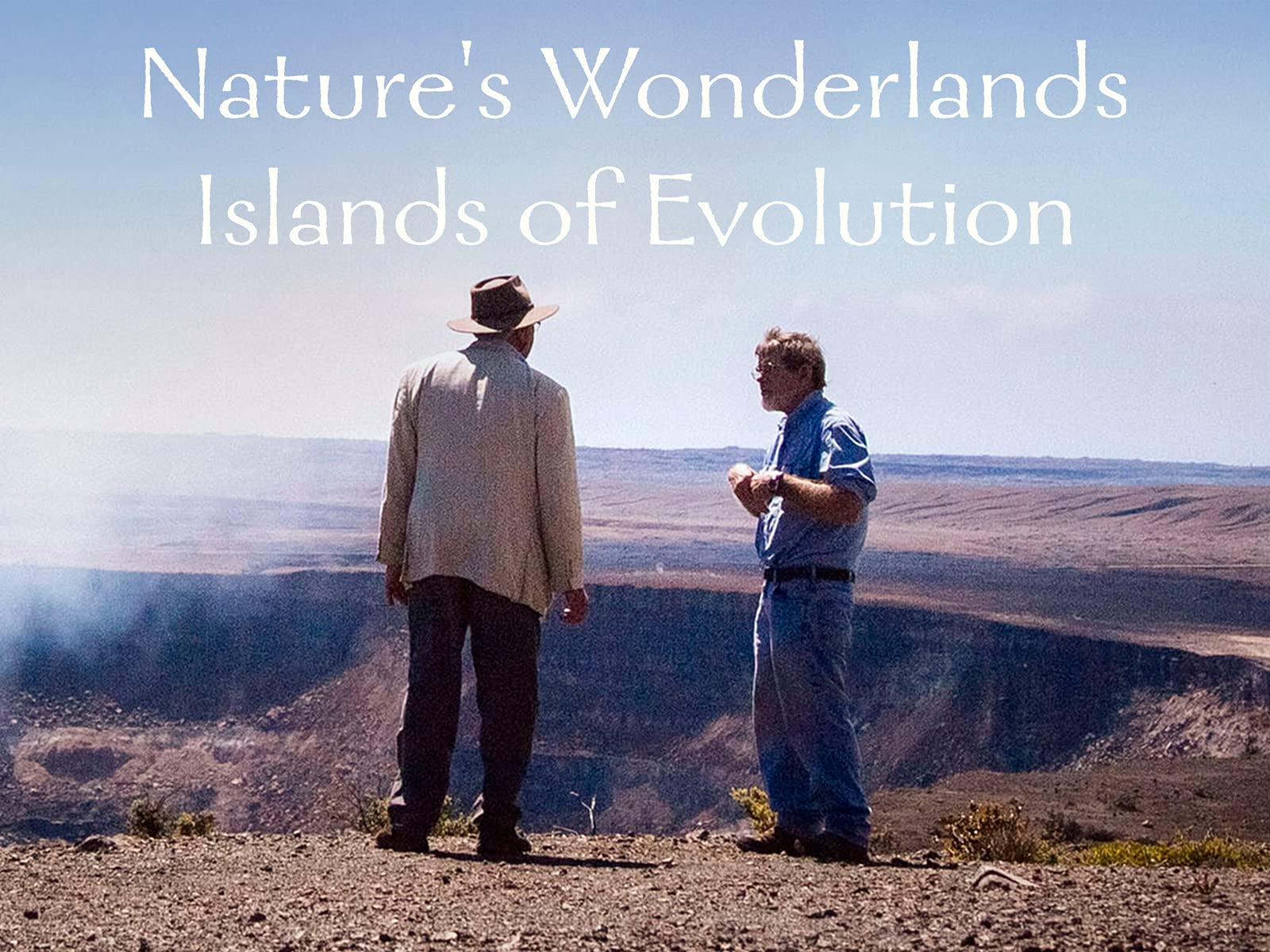Islands of Evolution episode 3 - Madeira

Islands of Evolution episode 3 - Madeira: In the final episode, Richard Fortey travels to Madeira to examine what happens to a volcanic island as it nears the end of its life cycle and starts sinking back into the sea. Here, in the island's laurisilva forest, he examines the remains of an ancient forest that once carpeted all of Europe, finds island lizards that live to be four times older than their mainland counterparts, and meets a huge wolf spider. With the help of local divers, he also discovers an unexpectedly rich marine habitat populated by whales, dolphins and unusual deep-sea species that have much to tell us about the changing nature of our seas.
Three-part series in which Professor Richard Fortey investigates why islands are natural laboratories of evolution and meets some of the unique and remarkable species that live on them. Examining some of the crucial influences on natural selection that are normally overlooked - like geology, geography, isolation and time - the series reveals that there is much more to evolution than 'survival of the fittest'. Charting the lifecycle of islands - from their birth and colonisation to the flowering of evolutionary creativity that often accompanies their maturity, and what happens when an island grows old and nears its end - Fortey encounters wild lemurs in the rainforest of Madagascar, acid-resistant shrimps in the rock pools of Hawaii, and giant wolf spiders in Madeira as he searches for the hidden rules of island evolution.
Islands of Evolution episode 3 - Madeira
Islands have always been known for their unique flora and fauna. They are a microcosm of the world, showcasing how life evolves in isolated environments. Madeira, located in the Atlantic Ocean, is no exception. The island's unique location, diverse landscape, and varied climate has led to an ecosystem like no other. Firstly, the rugged terrain of Madeira makes it a haven for endemic species. The steep cliffs and rocky coastlines provide habitats for a variety of plants and animals that cannot be found anywhere else in the world. These unique species have adapted to their environment, developing different characteristics over time to help them survive.
Secondly, Madeira's location near the Gulf Stream has a significant impact on its climate. This warm ocean current creates a temperate climate, allowing for a diverse range of plants to thrive. From lush forests to vibrant flowers, Madeira's landscape is a botanist's paradise. The island's flora has evolved to take advantage of this favorable climate, producing some of the world's most unique species of plants. Thirdly, Madeira's landscape is constantly changing. The island is located on the boundary between two tectonic plates, causing frequent earthquakes and volcanic activity. This has led to the formation of deep valleys and high peaks, creating a diverse landscape that is ideal for different species of plants and animals to thrive.
Finally, human influence has also played a role in the evolution of Madeira's ecosystem. For centuries, settlers have introduced new species of plants and animals to the island. This has allowed for the introduction of new species that can adapt and thrive in Madeira's unique environment, further enriching the island's biodiversity. Madeira is a prime example of how islands can evolve into unique ecosystems, showcasing how life adapts to its environment over time. The island's unique location, climate, terrain, and human influence have all contributed to its rich biodiversity, making Madeira a fascinating study for scientists and nature enthusiasts alike.
https://hdclump.com/islands-of-evolution-episode-3-madeira/


